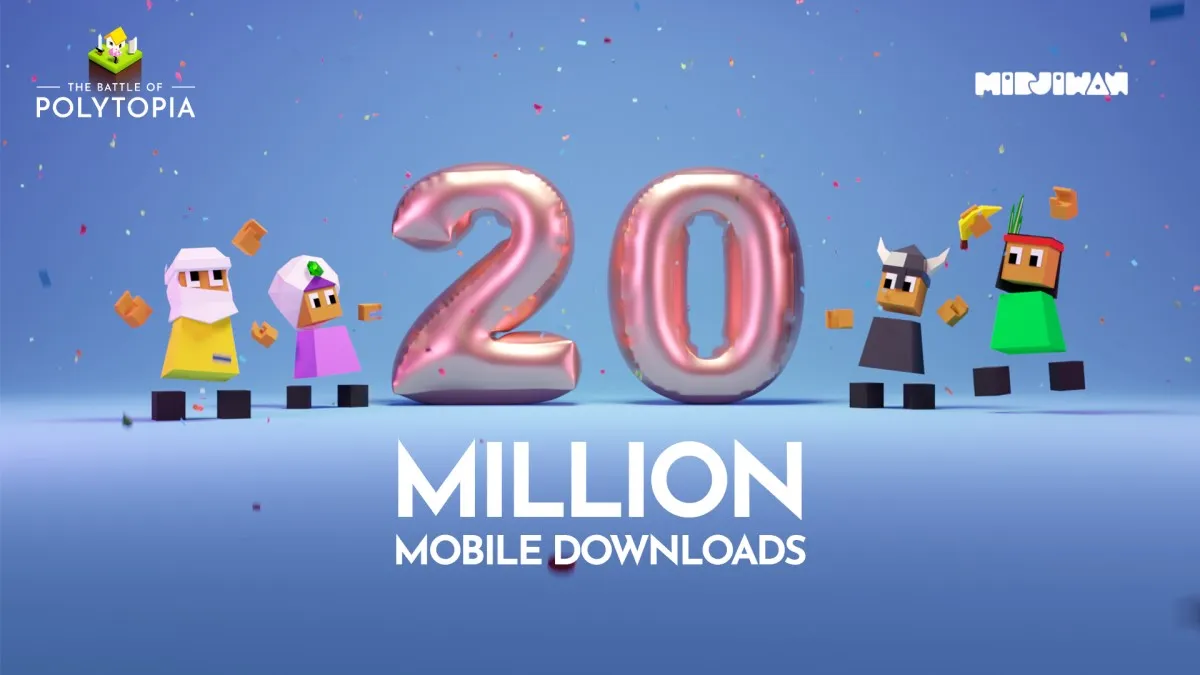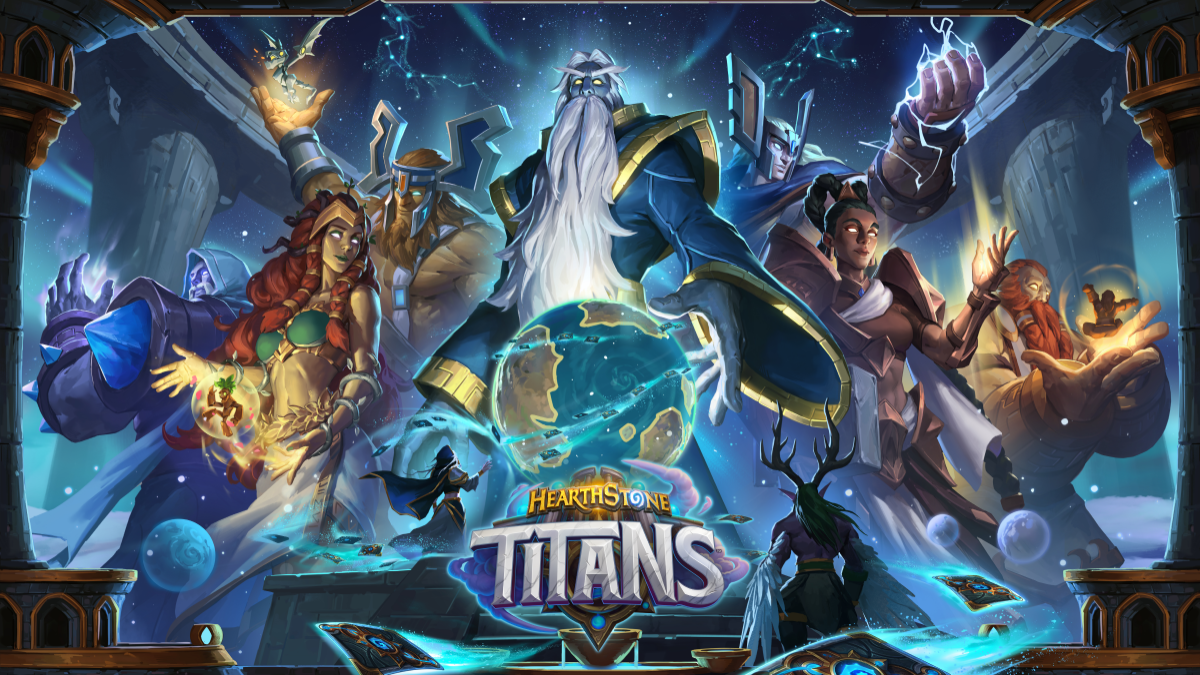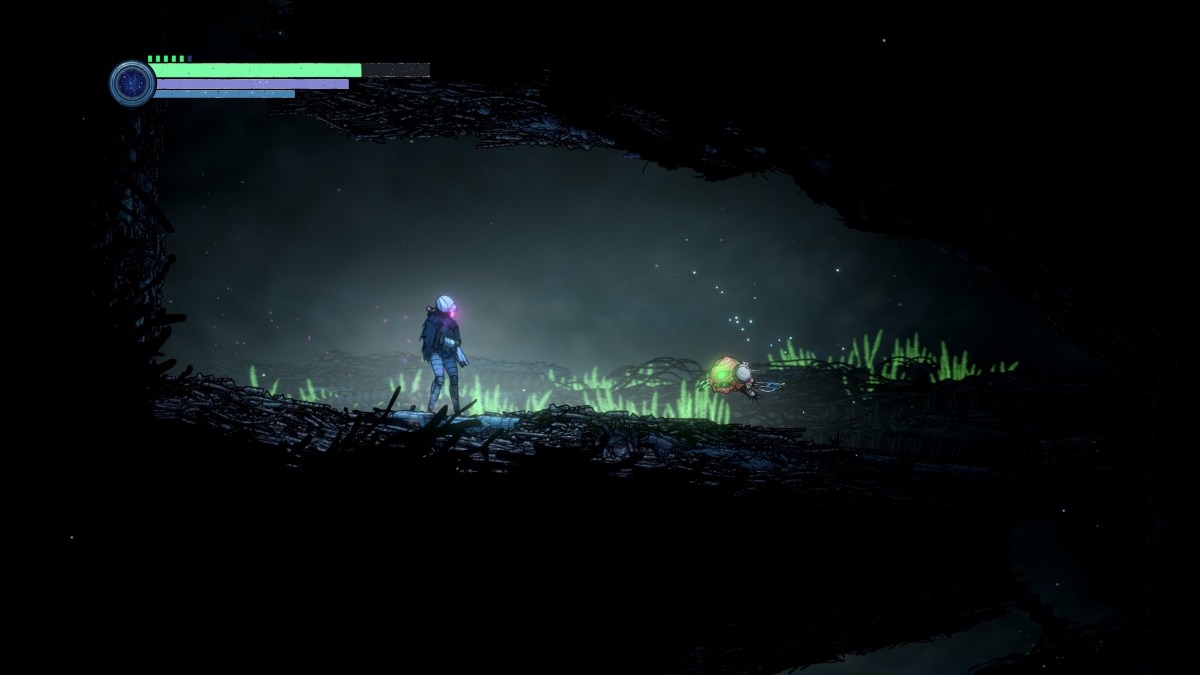Sanctum 2, the sequel to the rather magnificent 2011 tower defense/FPS hybrid Sanctum, is due out in a matter of days. We wrote a preview. We hosted an exclusive dev diary. We even took some video footage to show it off in an IncGamers Plays. And, yes, we’ll have a review up later this week.
If you’ve read or watched any of those pieces then you’ve probably realised that Sanctum 2 is a rather different beast to its predecessor; while it takes the same basic idea of combining a tower defense game with a first-person shooter, a host of new mechanics and changes give it a very different feel. To that end, we thought it was high time we found out how the game was designed and why some of those changes were made. Luckily for us, Coffee Stain Studios were more than happy to answer a few of our questions, so if you’ve been lying awake at night because those exact questions have been racing through your brain, read on.

IncGamers: What were the core ideas and goals you had in mind when you started designing Sanctum 2? As I said in my preview, it’s not so much “Sanctum, but more of it”, but a rather different game that uses the same basic building blocks in terms of “tower defense plus FPS, which is split into two discrete phases.”
Coffee Stain Studios: When we started the design work for Sanctum 2 we first gathered tons of feedback from the community. We mixed the most popular feedback with our own ideas and came up with some pretty game changing stuff.
One of the biggest wishes from both the community and ourselves was that the enemies should be aggressive and attack the player. It might sound like a small thing, but the addition of this feature demanded that a lot of other things get redesigned as well. One thing we all agreed on was that the action phase of Sanctum 1 was lacking; we wanted it to be more intense and the player to be more mobile, so we made sure to design a lot of stuff around that. Televators for example, are gone since players are now much faster and can jump and run across a maze much faster than in Sanctum 1. The fact that enemies spread out when attacking also allows for much more free and open mazes, contrary to the “ant lines” that you could see in Sanctum 1.
The leading design phrase for Sanctum 2 was “Intense action, deep strategy”. The fact that enemies are much more fearsome now, in addition to timed rounds empowers the action-part of the game and makes sure that players are always on their toes. We balanced this by adding Perks and Feats of Strength as core gameplay features to deepen the strategical aspects of the game. However, perks aren’t just in the game to balance out the strategic parts of the game, we also added them because they’re just so friggin’ cool.

IG: On that note, then, what other things did you learn from Sanctum and the player feedback?
CST: We learned a whole lot. Most of the changes we’ve made in Sanctum 2 are because of community feedback. The addition of character classes, for example, is a feature addition that was based on the fact that players wanted to be introduced to new characters from the Sanctum universe.
IG: Did you set out to create a game with a rather different feel, or did Sanctum 2 just sort of evolve in that direction?
CST: Because of the design choices we had made before, we realized that Sanctum 2 would have a very different feel compared to the first game. This suited us fine because we don’t really care for making the same game again.
IG: So what sort of problems did you see Sanctum as having that you wanted to fix in Sanctum 2, and how did you go about it?
CST: One of the bigger problems in Sanctum 1 was that there wasn’t really an introduction curve, so the player got thrown into the game with tons of choices that they didn’t really know anything about. How can you judge the effectiveness of different strategic loadouts before you’ve even played your first map? That’s why there’s a levelling system in Sanctum 2 that lets you rank up and unlock new towers, weapons and perks as you progress through the game.
We also decided to include a tutorial that focused on letting the player do things rather than read how to do things. We wanted a tutorial that felt like a natural introduction rather than a tedious lecture in how to play a game.

IG: Are you worried that the number of changes might cause a bit of backlash? How are Sanctum fans responding to the changes?
CST: We’re actually not worried at all. The response has been extremely positive from the people that have played Sanctum 2. Naturally there’ll be conservative players who will frown when they read about all the changes, but once they try Sanctum 2 we’re sure they’ll love it!
IG: The one thing that I’d say is a definite improvement over the first game is the level design – Sanctum 2‘s levels seem far more varied and clever, not to mention more numerous. How did you approach designing each level and making them unique?
CST: The development team for Sanctum 2 is twice as big as the development team was for Sanctum 1. Before we started making the levels, we knew that we didn’t want a rerun of the Sanctum 1 launch, where the game had only three levels on day one. Sanctum 2 has 16 levels, and every level has been very, very carefully designed to make sure that there are tons of different ways to beat it. The level design in a game such as Sanctum 2 is extremely important for the gameplay, so we’ve really put a lot of resources into making sure that it’s nothing less than top-notch. Finally, we’ve simply become much better and efficient at level design than when we started our company in 2010.

IG: Let’s talk about a few specific changes and get your reasonings as to why they were made. So, first off: where have my Slowfloors gone? (Or, more specifically: there are a lot of towers removed, particularly the ones that sat on the floor; any particular reason they didn’t make the cut?)
CST: When we designed the towers we were faced with more limitations compared to before. All the mazing area in Sanctum 1 was very flat and every wall had to be built on a platform. In Sanctum 2, however, a lot of the maps take place on terrain – terrain that isn’t as flat and straight as it was in Sanctum 1. In our opinion, sacrificing floors to make the maps and mazes much more open and free was worthwhile.
IG: Seriously, though: Slowfloors and Holos. Gimme. They were the crux of most of my successful mazes, and I feel naked without them.
CST: The Kairos tower now also targets ground, so it fills the same functionality as Slowfloors did in Sanctum 1. There are now perks that take the role of increasing player damage output in Sanctum 2, as Holos were extremely time-consuming and prone to bugs in Sanctum 1; however, you might see them in future updates in Sanctum 2. Maybe. 🙂

IG: Why did you decide to have monsters directly attack – and chase – the players? In terms of altering the feel and pacing of the game, this is one of the biggest changes (along with certain bosses being able to destroy your maze, which gave me one hell of a fright when I first encountered them).
CST: Because it’s really, really cool! We want players to cry when they’re playing Sanctum 2.
IG: Why are resources now only available to one player at a time? Initially, this seemed like a pretty big limitation (as I’m used to playing Sanctum in two-player co-op with someone I trust) but I suppose it doesn’t matter too much as you have to coordinate whether all players get resources, or only some. Still, it’s an interesting change; I’m curious as to your reasons.
CST: We had to playtest a lot to get this one right. If you’d get 200 resources when playing single-player, dividing those resources up when playing 4-player co-op resulted in everyone getting 50 resources each, which is way too low for anyone to even build the cheapest tower. If we gave everyone 200 resources each, we’d simply get too many towers, so we’d have to scale up the enemies HP a lot, which would make it feel like your weapons did no damage whatsoever.
This is sort of a compromise between the two systems. All players are able to take the resources to build towers and the one that takes the resources always has a reasonable amount of stuff to build.

IG: Finally, then: one of the other big changes that you mentioned earlier is that there are now four playable characters, each with a locked primary weapon and a selectable secondary weapon, and a huge number of perks can be added to them. What made you decide to replace the previous game’s three-weapon loadout with perks and character-specific weapons?
CST: It takes roughly as much time to empty a weapon’s ammo clip as it takes to reload it, and since weapons reload automatically in your inventory, you can constantly keep shooting without any downtime. This makes the weapon-switching system in Sanctum 2 much more fluid than in Sanctum 1.
Furthermore, we’ve put much more thought and work into secondary fire modes in Sanctum 2 – for example, the sniper rifle didn’t have a secondary fire mode at all in Sanctum 1, but in Sanctum 2, it fires a scattershot that does high damage in a cone AoE. It doesn’t have as good AoE as the REX launcher of course, but it can be viable when nothing else is available. This results in all weapons being more versatile and, even though you’ll have fewer weapons at the same time compared to Sanctum 1, you will be able to do more with them.
We decided to lock primary weapons to characters to differentiate them more from each other. However once you hit level 20, you’ll be able to pick other characters’ main weapons as your secondary weapons, meaning you can play Sweet with the REX as a primary and SiMo’s Sniper Rifle as your secondary weapon.
IG: Thanks for your time!







Published: May 13, 2013 06:52 pm